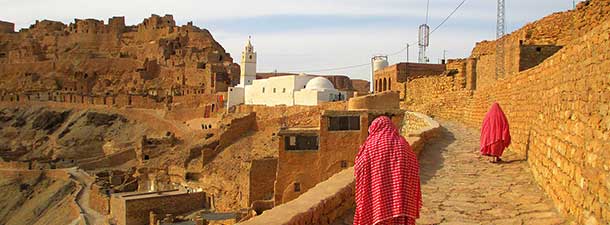
Ksar Wars
June 1, 2013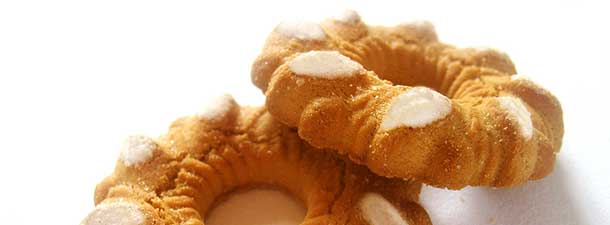
Doria and the Bucaneve: The Story of the “Snow Drop” the Most Famous Italian Biscuit
June 1, 2013Humans are tactile creatures, really. Many of the unique stresses of modern, westernised life might fairly be said to have their roots in an unfulfilled need for touch. Massage techniques not only help meet this basic need, science has shown that it has all kinds of health benefits.
All of us have been in stressful situations at one time in our lives or another. Good times, bad times, weddings, births, deaths, loves lost, jobs changed, illness, travel – the list is endless! Remember when a touch or a hug from someone changed those stressful times? Altered our mood, our thoughts, our disposition? Curling up next to a significant other, friend or pet has brought us all joy, peace and relaxation. In today’s stress-filled days, we often find ourselves run down, exhausted, depressed, missing that connection, all of which can lead to an increased risk of disease. Enter Touch. Yes, I am referring to massage, reflexology, acupressure, rolfing – all these have been found not only to give relaxation, stress and emotional release but to have a strong beneficial impact on the physiological and immunological systems of the body. If you think you have found relief in your significant other’s back rub, wait till you see what a trained professional can do.
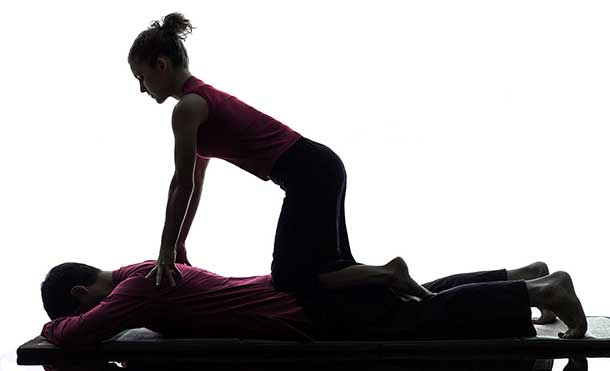
Massage used to be an indulgence for the well-heeled. In recent years, however, massage has become a valued therapeutic modality that can soothe tired muscles, decrease water retention, increase circulation, decrease stress and anxiety, modulate immune function, brain waves, disease processes and much more. Whether you are a pre-term infant, autistic child, cancer patient, diabetic, sports enthusiast, high-tech executive, stressed-out employee, or just a garden-variety diva, the magic of massage can change your life.
This will come as no shock or mystery to most, especially not to avid massage connoisseurs. Countries like China, India and Egypt have been using massage for centuries to maintain health and treat disease. The earliest Chinese reference in medical texts is some four thousand years ago. The Greek physician Hippocrates advocated its benefits in the fourth century BC. Massage was popular until around the early 1940s when more “modern” medicine began to be practised. It has been slowly resurfacing as more people acknowledge its benefits, and research backs up both the obvious and less obvious physical benefits.
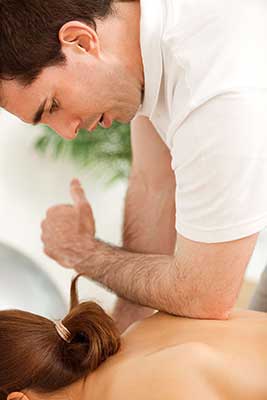
The theory of massage is to remove stagnation that has built up in the body, either in the muscles, blood or lymph. There are essentially five techniques used: stroking, compression, friction, vibration and percussion. Strokes are always towards the heart to maintain safety for the veins and capillaries. Light strokes dilate the capillaries, increasing blood flow to the heart. Deep stroking causes a longer-lasting dilation. Pressure contracts the blood vessels and then relaxes them as the movement continues. Friction causes capillary permeability, which increases detoxification and then creates more fluid and a healthier environment. Kneading the muscles has an effect on the deeper arteries and veins, dilating them and increasing blood flow. Percussion is energetic movement to stimulate the nervous system, releasing lymph build-up and fatty tissue. A session will combine these techniques at different pressures to achieve different results, depending on the massage type or effect you want.
There are many types of massage. Different individuals respond to or prefer different ones.
TYPES OF MASSAGE
Aromatherapy
Essential oils from plants are used to enhance healing and relaxation. Oils have a profound effect on mood bypassing the conscious brain to touch on memories and emotions
Craniosacral
Gentle pressure is applied to head and spine to correct cerebrospinal fluid
Lymphatic Drainage
Light , rhythmic strokes are used to improve the flow of lymph through the system. Keeps the immune system healthy. Is used for post-operative patients
Myofascial release
Gentle pressure and body positions are used to relax and release the muscle and fascia(connective tissue), which run throughout the body underneath the skin. Can hold injury, memories, trauma
Chair Massage
Upper body massage given on a chair in public place
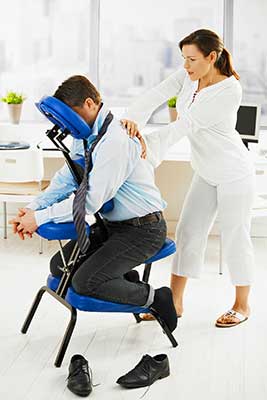
Reiki
A form of energy healing which balances and stimulates the energy of the body to increase feelings of well-being
Reflexology
Specialised thumb and finger technique that uses pressure points in the hand and feet which are linked to the organs and structures throughout the body
Rolfing
Strong pressure is applied to the fascia to break up any adhesions that are present, to release tension, and increase flexibility and function
Sports Massage
Used on athletes to work through sore muscles, enhance performance and prevent or treat injuries
Swedish Massage
A variety of strokes and pressure techniques intended to enhance the flow of blood to the heart, remove waste products from the tissues, stretch ligaments and tendons and ease physical and emotional tension
Trigger Point Massage
Pressure is applied to trigger points (there are 620 in the human body), tight nodes or areas within the muscle that radiate pain to different spots in the body
Integrative Touch
A gentle form of massage that uses light touch and strokes used in hospitalised or hospice patients
Compassionate Touch
Combines complementary approach for those in elderly care, hospice and palliative care. It combines focused touch and sensitive massage with specialised communication skills to enhance the quality of life for those in later life stages, disease or disability
Thai Massage
Clothed massage that combines massage techniques and stretching developed in Thailand and influenced by the medical theories of China, India and Southeast Asia
Ayurvedic
Helps eliminate toxins through purification, strengthens the muscle tone, relaxes and rejuvenates the body. Also known as hard body massage, Ayurvedic massages are given using hands, feet, elbows, forearms and well-oiled balls to tap, knead, squeeze, in addition to traditional massage strokes, using essential oils to suit individual doshas. The style and intensity of massage depends on the individual’s need for balance and well-being at the time.
Therapeutic Touch
Energy healing where practitioners are sensitive to and manipulate the energetic/magnetic field that surrounds the body
Acupressure
Pressure is applied to trigger points with the hands, feet or elbows
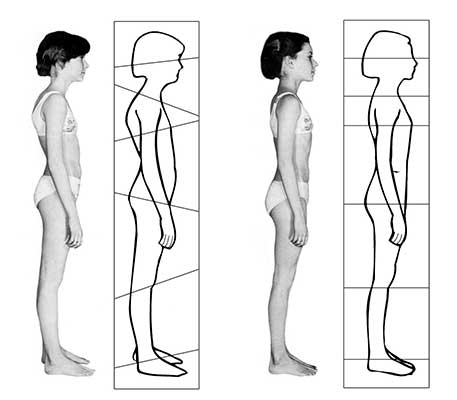
Massage has positive effects on multiple systems of the body. In one study published in the Journal of Alternative and Complementary Medicine in the US, Dr. Mark Rappaport evaluated the blood samples of participants prior to and after either a Swedish deep tissue or light touch massage. The people in the Swedish massage group had an increase in lymphocytes (cells that play a large role in immunity), a decrease in arginine vasopressin (a hormone that is believed to play a role in aggressive behaviour), a decrease in cortisol (hormone produced when under stress), and a decrease in pro-inflammatory cytokines (chemical messengers between the cells which cause inflammation and pain in autoimmune diseases). The people in the light touch massage had an increase in oxytocin “the love/feel- good hormone” as well.
In another study, HIV positive men were given a 45-minute massage five days a week, which resulted in increased killer T-cell activity. Massage has been found to increase serotonin and dopamine and decrease cortisol. These changes slow down the heart rate, reduce blood pressure, block nervous system pain receptors, and increase blood flow to muscles. This helps the body detoxify and increases healing.
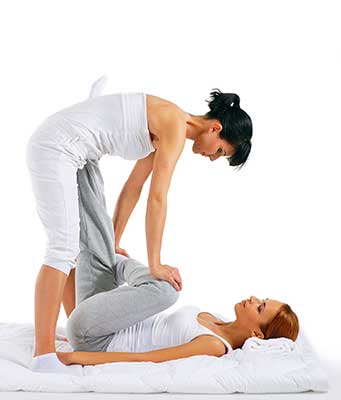
Massage also changes brain function. A fifteen-minute massage can boost alertness and increase attention span. It stimulates the left side of the brain and decreases right-brain activity. This leads to feelings of happiness and can aid in symptoms of depression. Massage also increases delta brain waves. Delta brain-wave frequencies are the slowest or lowest brain-wave frequency. Being in Delta is extremely relaxing, like being in a trance state with non-physical awareness. When in Delta sleep all the other brain-wave patterns shut down. While in this brain-wave pattern our bodies produce human growth hormone, melatonin and DHEA and decrease the release of cortisol. This slows the effects of aging, supports immune function, decreases stress and maintains brain cell function. For those of you who enjoy massages you know the feeling – like meditation or right before you fall asleep. This is where emotional and physiological healing and rejuvenation takes place. Weeding through the monkey-mind chatter and coming to this place of calm, you may actually access memories, emotions and traumas held in the cellular level of the body or the mind.
Massage benefits the lymph system. This system is composed of the thymus, tonsils, spleen, adenoids, and systemic vessels that run throughout the body right under the skin. The lymph system is controlled by valves that move liquid from the tissue to lymph nodes to eventually empty into the circulatory system. They carry a clear fluid known as lymph that circulates through the body, absorbing fluid, waste products, dead cells, bacteria, viruses, fats, and protein from tissues as it goes through the body. It carries immune cells when necessary and activated. The lymph nodes filter the fluid removing the debris, cancer cells, bacteria, etc. Think of swollen glands – that is the lymph node pumping out killer T-cells to protect you from bacteria. If you sit often and do not stretch or move, the lymph in our bodies can become stagnant and blocked, especially after injury or surgery. This condition causes swelling and can be very painful and unhealthy. Light strokes in massage assist the lymph fluid to move and help prevent it from backing up. It is recommended to get twenty to thirty minutes of both light touch lymph and deep massage in a session in order to maintain health. This also benefits the cardiac system, improving both the quality and quantity of blood flow.
Massage modulates our response to stress. It increases dopamine and serotonin, hormones that improve mood and reduce the effects of stress. It also lowers epinephrine (adrenaline) and norepinephrine (noradrenaline), which are part of our fight-or-flight responses and sympathetic nervous system. These hormones are responsible for our initial reactions to short term stress. As mentioned, massage lowers cortisol, which is responsible for the body’s long-term stress response. The initial feeling of well-being from a massage, or any comforting contact, is produced by the release of oxytocin, which is released by the posterior pituitary gland (it is sometimes called the ‘hugging hormone’). It is also released by a mother’s pituitary gland when her baby is suckling.
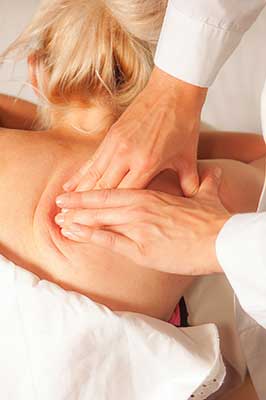
The main stress response mechanism of the body is called the HPA axis and consists of the following endocrine glands: hypothalamus, pituitary, and adrenals. When your body needs to respond to a stressor, as long as this HPA axis is healthy, the response will be appropriate in relation to the stressor. Massage helps to modulate this system and keep it healthy.
Newborn and premature babies also benefit from massage, growing more quickly and becoming healthier than babies who do not get treatment. Autistic children also respond to massage, showing less aggression, more cooperative behaviour and a higher level of relaxation. This is extraordinary, as these children usually are adverse to touch. The thinking is that the rhythmic repetitive touch of someone with whom they are comfortable elicits this response.
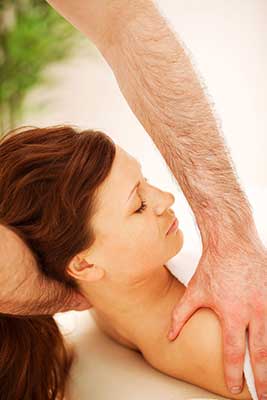
Athletes will also find a benefit from massage. Acute or chronic training loads can upset cortisol levels. Hard training can lead to a decrease in white blood cells and remove second and killer T-cells. As immunity decreases less energy is available for training. Massage is proven to decrease injuries and aches and pains as well as increase resilience. It enables the body to adapt better to stressors in the environment, thus increasing immunity while resetting hormonal balance and releasing toxic wastes not only physically, but emotionally as well.
So whenever you can reach out and touch your child, your pet, your significant other and well, your masseuse! Try it… experience the magic.
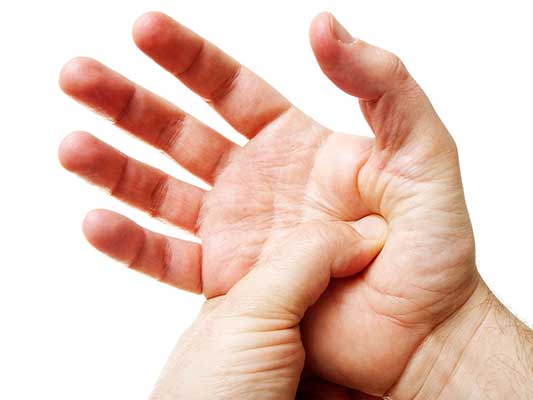
BENEFITS OF MASSAGE
- Enhances immune function by increasing Natural Killer T cells
- Rebalances T-cells and B-cells
- Aids in fighting against bacteria
- Increases Serotonin and Dopamine the “feel-good/pleasure” hormones
- Changes in brain waves: Increases delta waves – deepest sleep which encourages healing
- Decreases cortisol, the “stress hormone”
- Decreases anxiety
- Increases sleep
- Increases endorphins
- Light massage increases oxytocin, “the love hormone”
- Prevents PMS
- Decreases fibromyalgia symptoms
- Increases attention span
- DecreasesPain
- Lower Back
- Neck
- Migraine
- Cancer
- Rheumatoid arthritis
- Helps remove waste products such as lactic acid from the muscles after strenuous activity
- Increases circulation, aiding in healing and reducing injury
- Dilates blood vessels, improving circulation; reduces congestion
- Increases the number of red blood cells
- Stimulates lymph flow which acts as a cleanser eliminating waste and toxins
- Decreases dropsy
- Increases blood supply and nutrients to the muscle without adding to toxin load
- Improves muscle tone and decreases muscular atrophy from inactivity
- Transverse massage separates muscles, preventing or breaking up adhesions
- Acts as a relaxant to the nervous system
- Can aid in weight loss
- Stretches the connective tissue
- Improves the circulation of joints, protects the synovial fluid, lessens inflammation which can decrease pain
- Empties large ducts, reduces the re-absorption of toxins that may be lingering due to inflammation and constipation
- Improves digestive function
- Improves dermatitis
- Improves mood
- Improves respiration
- Regulates blood sugar
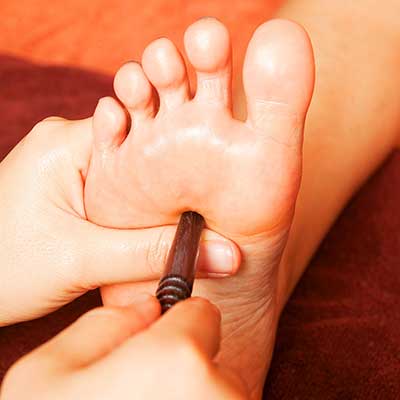
| Bodily Systems Affected By Massage | |
|---|---|
| Muscular system |
|
| The Skeletal System |
|
| Integumentary System |
|
| Lymphatic System |
|
| The Endocrine System |
|
| The Circulatory System |
|
| Respiratory System |
|
| Digestive System |
|
| Nervous System |
|
| Reproductive System |
|




